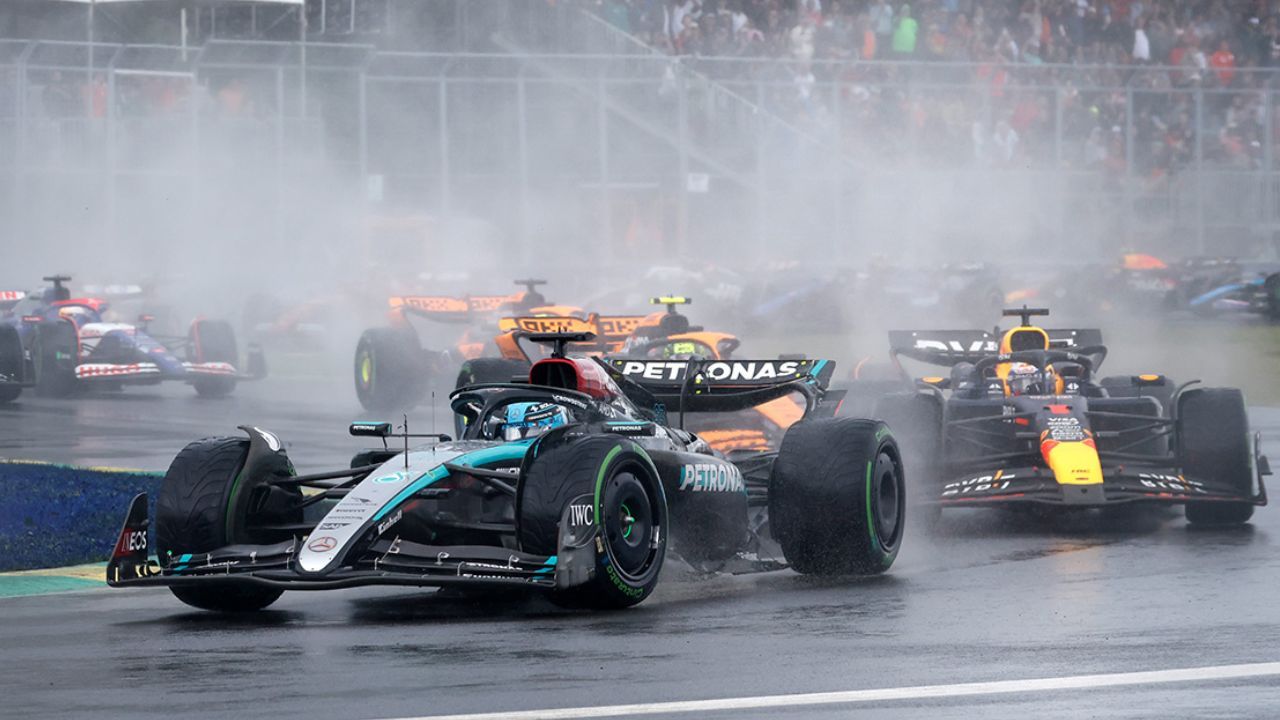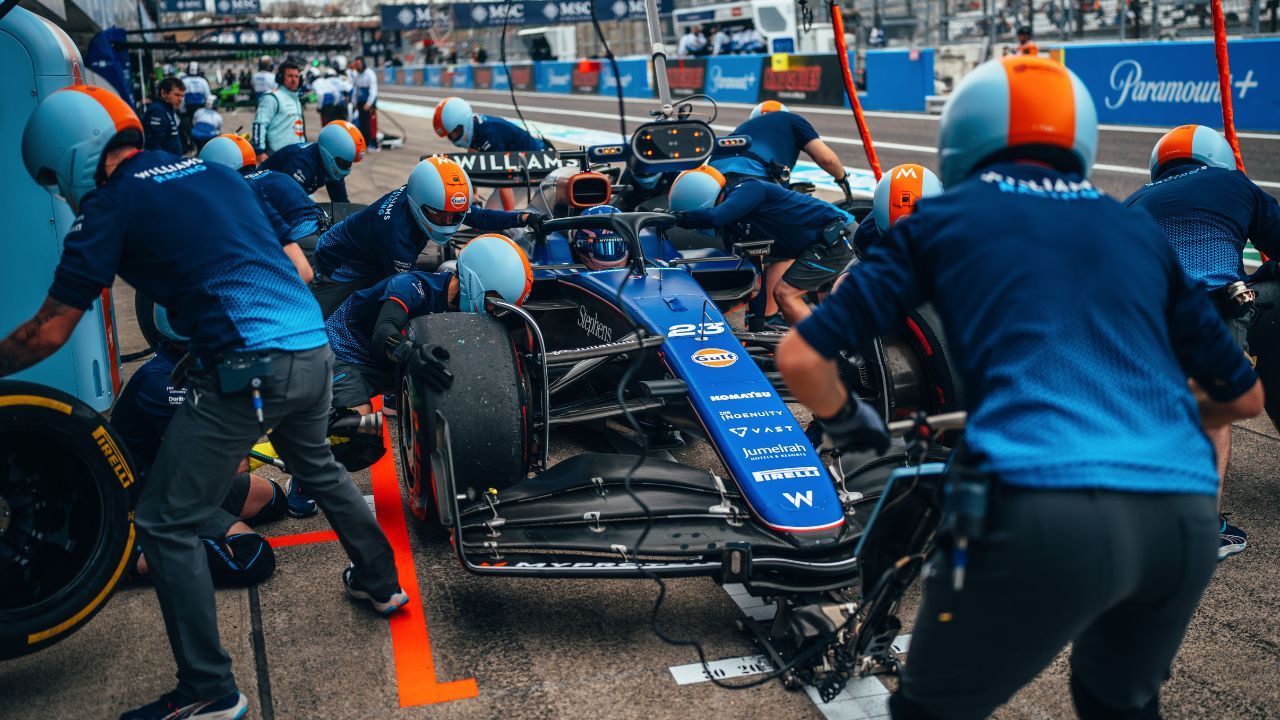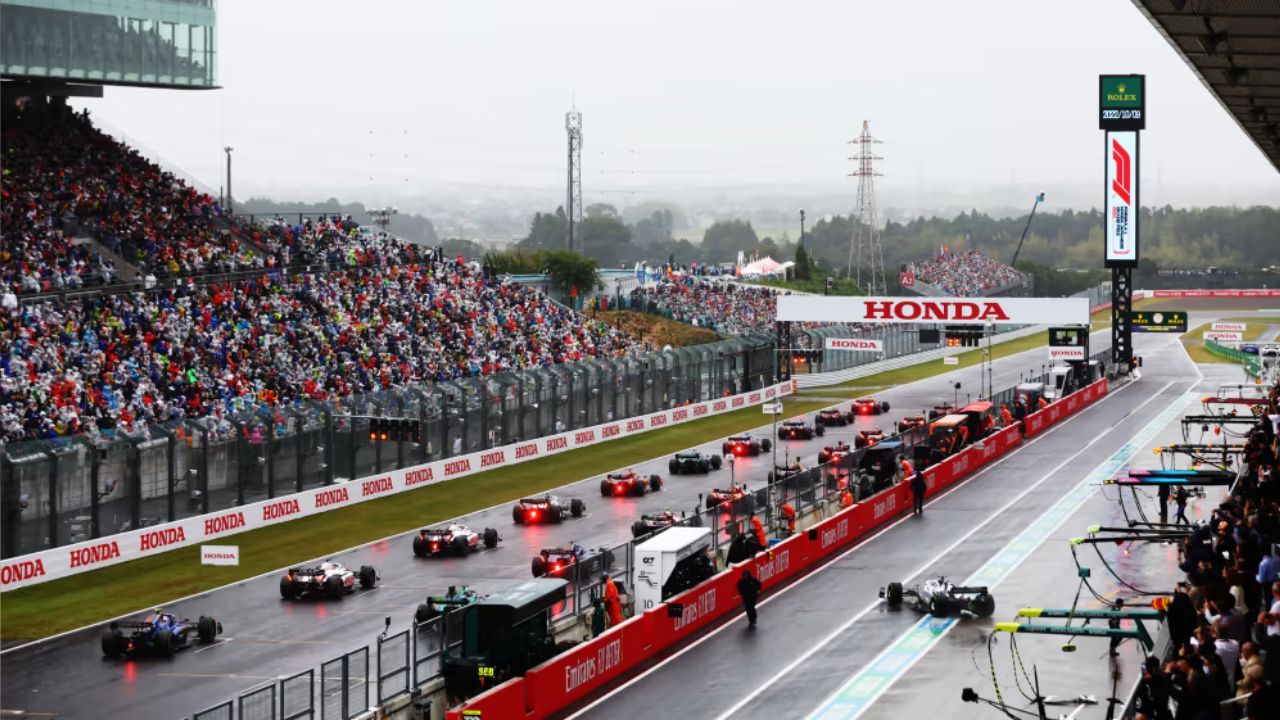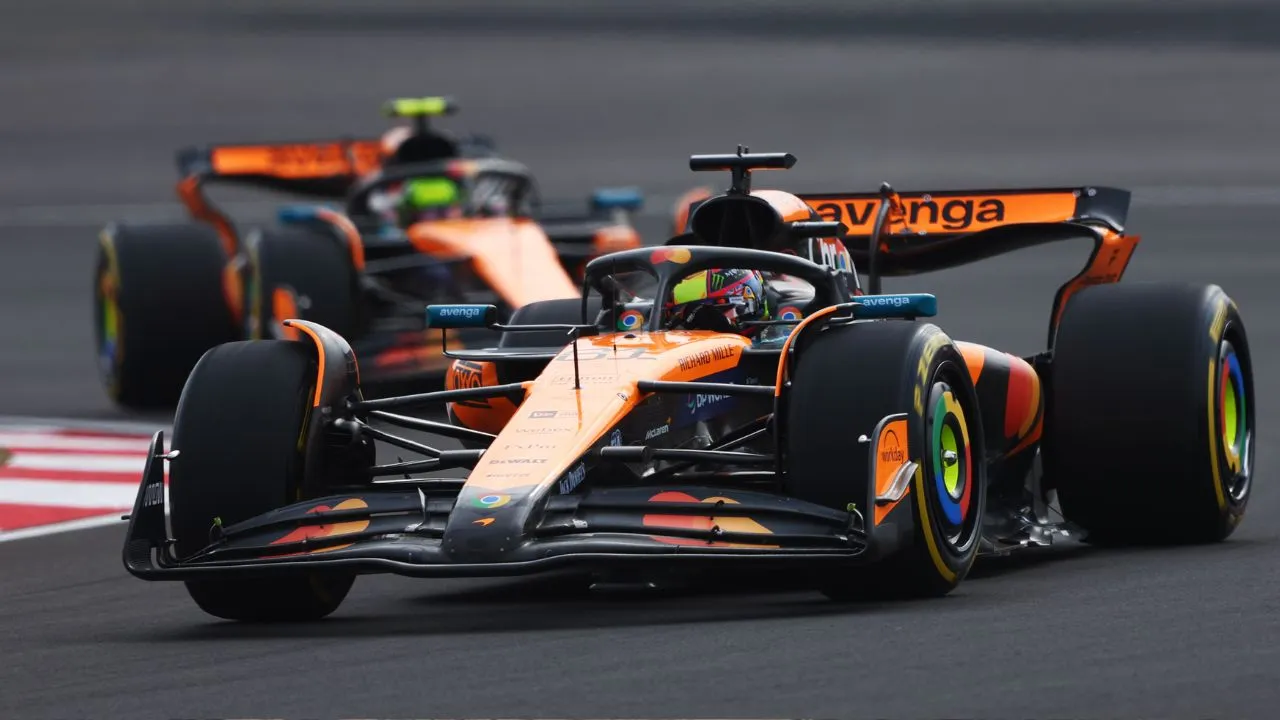F1: What is Formula 1 Summer Break? Rules and Restrictions Explained
After a grueling first half of the season, Formula 1 hits the brakes for a much-needed summer break. The action resumes at the end of August with the Dutch Grand Prix, a home race for reigning champion Max Verstappen.

The demanding Formula 1 schedule leads to a much-needed break after the Belgian Grand Prix. Unlike the usual gaps between races, this summer shutdown is a mandatory 14-day period enforced by the FIA under Article 21.8 of the Formula 1 Sporting Regulations. This break plays a crucial role in keeping the competition fair. By restricting car design, development, and production during this time, no team can gain an unfair advantage. This ensures a level playing field when racing resumes. While the shutdown poses challenges for teams eager to improve their performance, it also provides essential rest for the staff. The intense nature of Formula 1, with its back-to-back races, requires this downtime to prevent burnout and maintain peak performance. In summary, the summer shutdown is key to maintaining both competitive balance and the well-being of everyone involved in the sport.
Also Read: F1: McLaren Extends Andrea Stella's Tenure as Team Principal
What is the F1 Summer Break?
Formula 1 teams must follow a mandatory 14-day shutdown period in July or August, according to Article 21.8 of the Sporting Regulations. This break is meant to level the playing field by stopping all car development, design, and production activities.

While essential factory operations continue, core racing departments come to a halt. Wind tunnel testing is banned, but vehicle servicing and repairs are allowed. Support functions like marketing, legal, and finance can keep running since they don't directly affect on-track performance. The shutdown period provides teams and personnel with a much-needed break from the intense Formula 1 season while ensuring fair competition.
Why is F1 on Summer Break?
The fast pace of Formula 1 demands a break, and the summer shutdown provides that. After a gruelling season from March to July, teams and staff get a mandatory 14-day break, usually in mid-to-late August, to recharge and spend time with loved ones. The constant travel and competition can be physically and mentally exhausting. The summer break helps prevent burnout and keeps performance high. While the exact timing is flexible, teams must coordinate their return to ensure a smooth transition back to racing.
Also Read: F1: Red Bull’s Jonathan Wheatley to Join Audi as New Team Principal
Originally introduced to balance the packed F1 calendar, the summer break is now a key part of the sport. It gives drivers, engineers, and team members a chance to relax and come back refreshed.
How Soon Will Formula 1 Return?
The 2023 Formula 1 season will resume following its summer hiatus with the Dutch Grand Prix at Zandvoort from August 23rd to 25th. The championship will conclude with the Abu Dhabi Grand Prix, scheduled for December 6th to 8th, bringing an end to another exhilarating season of high-speed action.
.webp)




















Write your Comment on